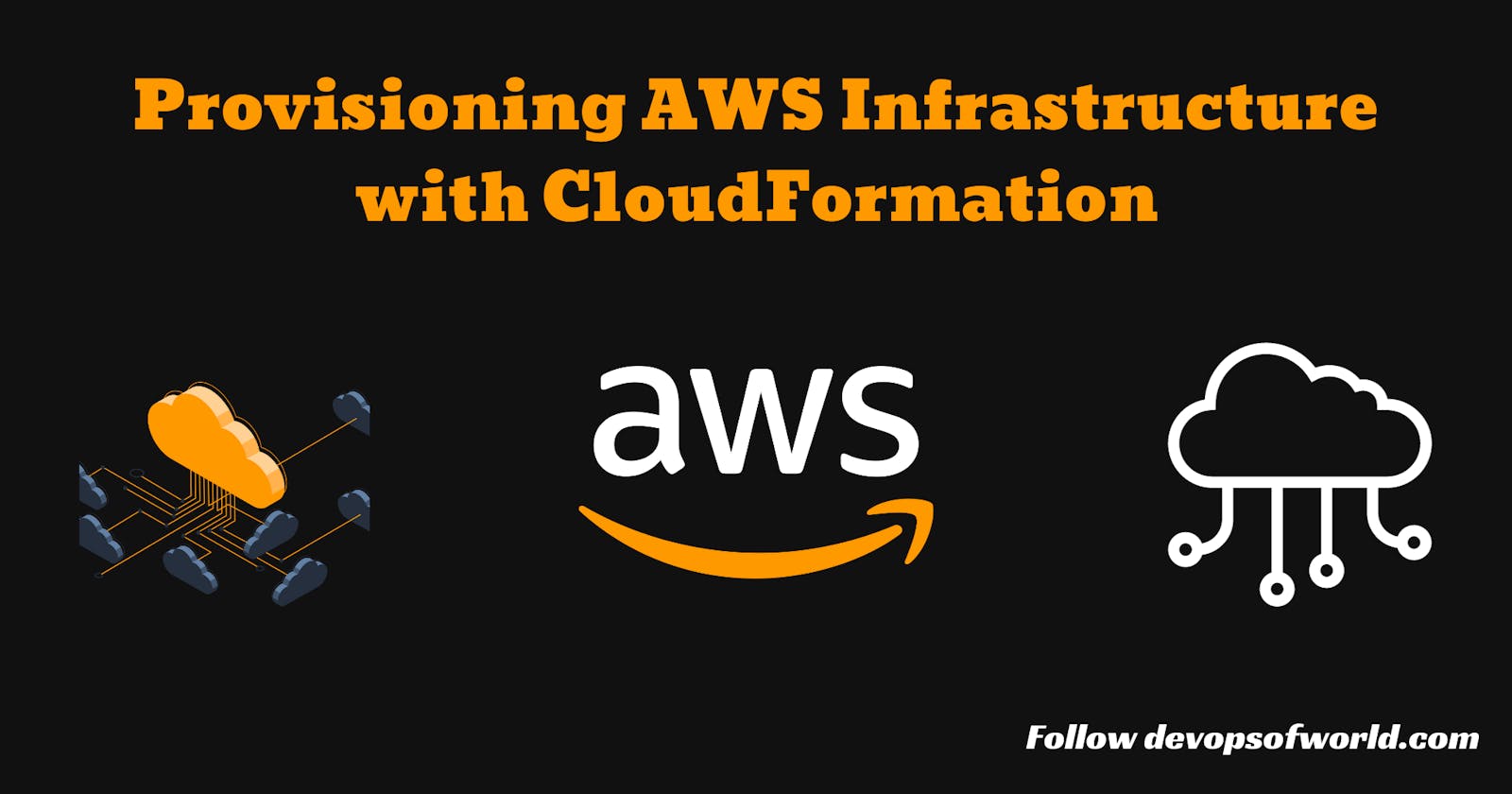Introduction to AWS CloudFormation: AWS CloudFormation is a sophisticated cloud service that streamlines the setup and management of AWS resources. Users can conveniently define their infrastructure as code (IaC), enabling them to create reusable templates in YAML or JSON format. These templates meticulously outline the desired AWS resource configuration and can be version-controlled. With the capability to consistently deploy these templates, even the most intricate environments can be effortlessly provisioned.
Benefits of Infrastructure as Code (IaC): Infrastructure as Code (IaC) is a methodology that treats infrastructure configurations as software code. When combined with AWS CloudFormation, it offers several key advantages.
Automation: Automating the deployment of infrastructure with IaC reduces manual errors and saves time.
Consistency: Having consistent environments throughout development, testing, and production enhances reliability.
Scalability: With IaC, scaling resources up or down based on demand becomes a breeze.
Version Control: Storing templates in version control systems allows for tracking changes and collaborative efforts.
Documentation: Templates self-document infrastructure configurations, which enhances transparency.
Security: Consistent compliance across deployments can be achieved by codifying security best practices.
Cost Management: Using Infrastructure as Code (IaC) allows for effective cost optimization by providing visualization and management of resource expenses.
Creating a CloudFormation Template in YAML or JSON:
Choose a Format: You can use either YAML or JSON to create your CloudFormation template, but YAML is often preferred due to its human-friendly syntax. Both formats are equally effective.
Start with the Basics: Specify metadata such as the template format version and description at the top of your template, for example in YAML.
AWSTemplateFormatVersion: '2010-09-09' Description: My CloudFormation Template
Define Parameters: When creating a stack, you can pass values into your template using parameters. This makes your template flexible and reusable. Here is an example of defining a parameter in YAML:
Parameters:
MyParameter:
Type: String
Description: A parameter for my template
Declare Resources: Each AWS resource has a specific name and set of properties. For instance, this is how to define an EC2 instance resource in YAML:
Resources:
MyEC2Instance:
Type: AWS::EC2::Instance
Properties:
InstanceType: t2.micro
ImageId: ami-0c55b159cbfafe1f0
SubnetId: <Subnet ID>
KeyName: <EC2 Key Pair Name>
Define Outputs (Optional): Outputs can retrieve values from the stack, like the public IP address of an EC2 instance. Here's a YAML example:
Outputs:
MyOutput:
Description: Public IP Address of the EC2 Instance
Value: !GetAtt MyEC2Instance.PublicIp
Structuring Your Template and Understanding Resource Types:
Structure: CloudFormation templates are structured hierarchically, with sections for Parameters, Resources, Outputs, Mappings, and more. These sections provide logical organization for your template.
Resource Types: AWS provides a variety of resource types for your template including EC2 instances, RDS databases, S3 buckets, and Lambda functions. Each resource type has unique properties and attributes you can configure.
Mappings: Mappings enable conditional logic in templates by linking a key to a set of named values based on the specified key.
Intrinsic Functions: CloudFormation offers intrinsic functions, such as referencing values, performing string substitutions, and sharing data between stacks.
Conditions: Expressions are evaluated to control resource creation based on conditions. For example, resources can be created based on environment type (e.g., dev, prod).
Transforms (Serverless Applications Model - SAM): If you work with serverless applications, CloudFormation supports the AWS Serverless Application Model (SAM). SAM extends CloudFormation to provide specialized resource types for serverless architectures.
Our journey with CloudFormation begins now! Keep an eye out for our upcoming posts on deploying AWS services using CloudFormation. By the end of this series, we will have built a complete project. Stay tuned!

